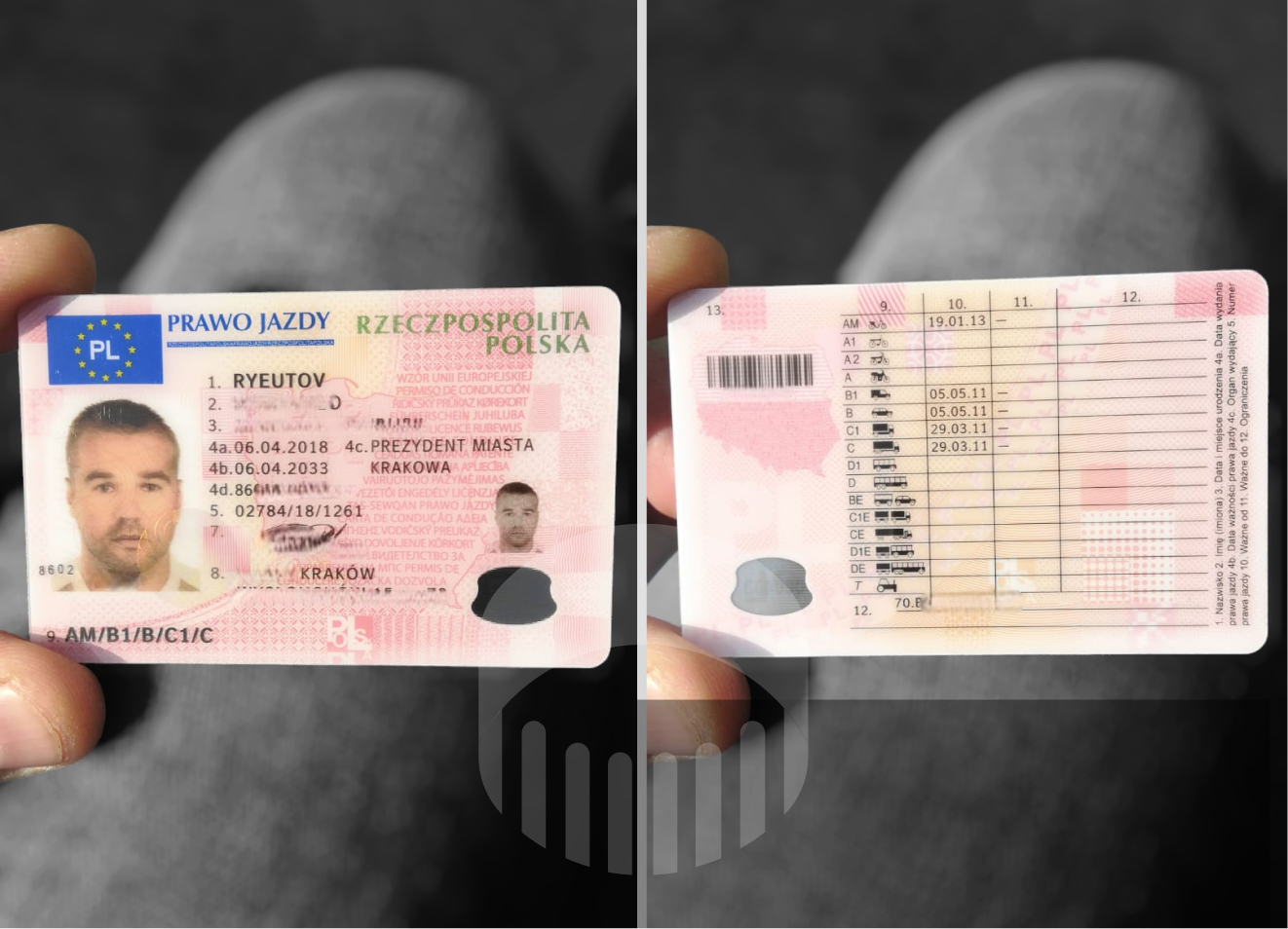Understanding the Driving License Exam: A Comprehensive Guide
The driving license examination is a vital stepping stone for those aiming to protect their independence, help with travel, and engage in numerous aspects of modern-day life. It not only serves as a legal requirement but also makes sure that individuals are equipped with the needed abilities to run an automobile safely. This article digs into the structure, requirements, preparation techniques, and typical FAQs relating to the driving license examination, supplying a thorough understanding of what striving motorists can anticipate.
Structure of the Driving License Exam
The driving license exam usually includes two main components: the composed test and the useful driving test.
1. Written Test
The written component evaluates a candidate's knowledge of road rules, traffic indications, and safe driving practices. It often includes multiple-choice concerns and true/false questions, covering topics such as:
- Road indications and their significances
- Traffic laws and regulations
- Safe driving techniques
- Treatments for managing emergency situations
- Rights and duties of chauffeurs
Prospects are normally required to study the local motorist's handbook, which describes the relevant laws and standards for safe driving.
2. Practical Driving Test
Following a successful written test, candidates must finish a useful driving test. This hands-on assessment determines a prospect's ability to run a car and comply with traffic guidelines in real-world conditions. Key aspects of the practical test consist of:
- Vehicle control and dealing with
- Obeying traffic signals and signs
- Browsing crossways and turns
- Proper use of mirrors and signal lights
- Parking techniques (parallel, perpendicular, and so on)
- Responding to pedestrian and bicyclist presence
Both components are crucial for getting a driving license, and sufficient preparation is vital for success.
Requirements to Take the Driving License Exam
Requirements for taking the driving license examination differ by jurisdiction, however there prevail requirements that many candidates must satisfy:
- Age Requirement: Most jurisdictions need candidates to be a minimum of 16 years old, although some might enable earlier testing with adult approval.
- Student's Permit: Many regions require candidates to obtain a learner's license before taking the driving exam. This authorization allows people to practice driving under adult guidance.
- Documents: Candidates must offer legitimate recognition, evidence of residency, and, sometimes, documentation of completed driver education courses.
- Practice Hours: Some jurisdictions mandate a minimum number of practice hours behind the wheel before being qualified for the driving test.
Preparing for the Driving License Exam
Preparation is essential to passing the driving license test. Here are numerous strategies candidates can use:
1. Research study the Driver's Manual
- Extensive Review: Candidates should study their local motorist's manual vigilantly because it consists of critical details required for the composed exam.
- Practice Tests: Numerous online resources use practice tests that imitate the composed examination format. Finishing these can help increase self-confidence and understanding retention.
2. Practice Driving Skills
- On-the-Road Practice: Driving under the supervision of an experienced licensed chauffeur is necessary. Prospects need to practice numerous driving maneuvers, consisting of parking, lane changes, and emergency stops.
- Mock Driving Tests: Conducting mock driving tests can be advantageous. Household members or good friends can evaluate the candidate's performance and provide feedback.
3. Take a Driver Education Course
- Professional Instruction: Many prospects opt to register in chauffeur education courses led by qualified instructors. Karta Xpress Poland provide valuable insights into traffic laws and safe driving practices, and typically include both class and behind-the-wheel training.
- Understanding Vehicle Mechanics: Familiarization with vehicle controls, upkeep, and security features can boost self-confidence throughout the practical test.
Common FAQs about the Driving License Exam
Q: What should I induce the day of the exam?
A: Candidates should bring legitimate identification, their student's permit, any required documentation (like proof of residency), and a correctly maintained automobile that satisfies all safety requirements.
Q: How do I understand if I passed my driving test?
A: After completing the useful driving test, the examiner will usually supply immediate feedback. If you pass, you will get information on how to get your chauffeur's license. If you stop working, the examiner will provide insights on areas requiring enhancement and how to retest.
Q: How frequently can I retake the driving test if I stop working?
A: The retake policy differs by region. Some areas may permit prospects to retake the test as quickly as the following day, while others may enforce a waiting duration of numerous weeks. It is necessary to check with the local Department of Motor Vehicles (DMV) or comparable authority for particular policies.
Q: Can I take the driving test in a different car than the one utilized for practice?
A: Yes, candidates can take the test in a different vehicle; however, the lorry needs to fulfill safety and functional requirements. It is recommended to familiarize oneself with the various controls of the new vehicle prior to the examination.
Q: Are there accommodations for people with disabilities throughout the driving exam?
A: Most jurisdictions offer lodgings for people with impairments. It is advised to contact the local DMV or comparable authority beforehand to talk about specific requirements and readily available lodgings.
The driving license examination is a turning point for lots of hopeful motorists. With its two main components-- the written test and useful driving evaluation-- it evaluates both theoretical knowledge and used driving abilities. Understanding the structure, requirements, and preparation techniques can assist prospects approach the exam with confidence. By sticking to standards and practicing vigilantly, people can transition smoothly from students to certified chauffeurs, enjoying the liberty that features driving.

